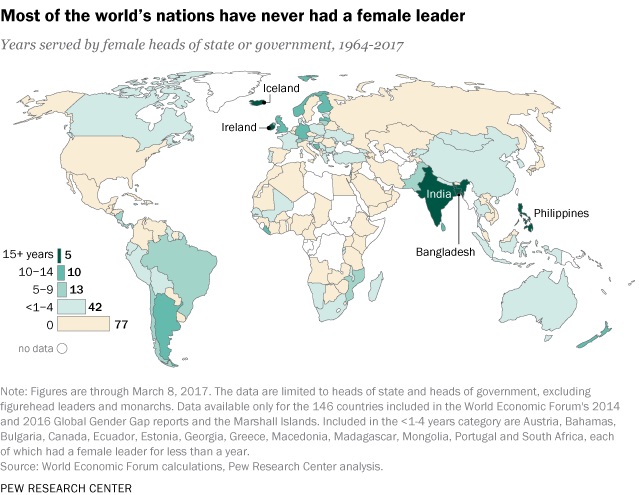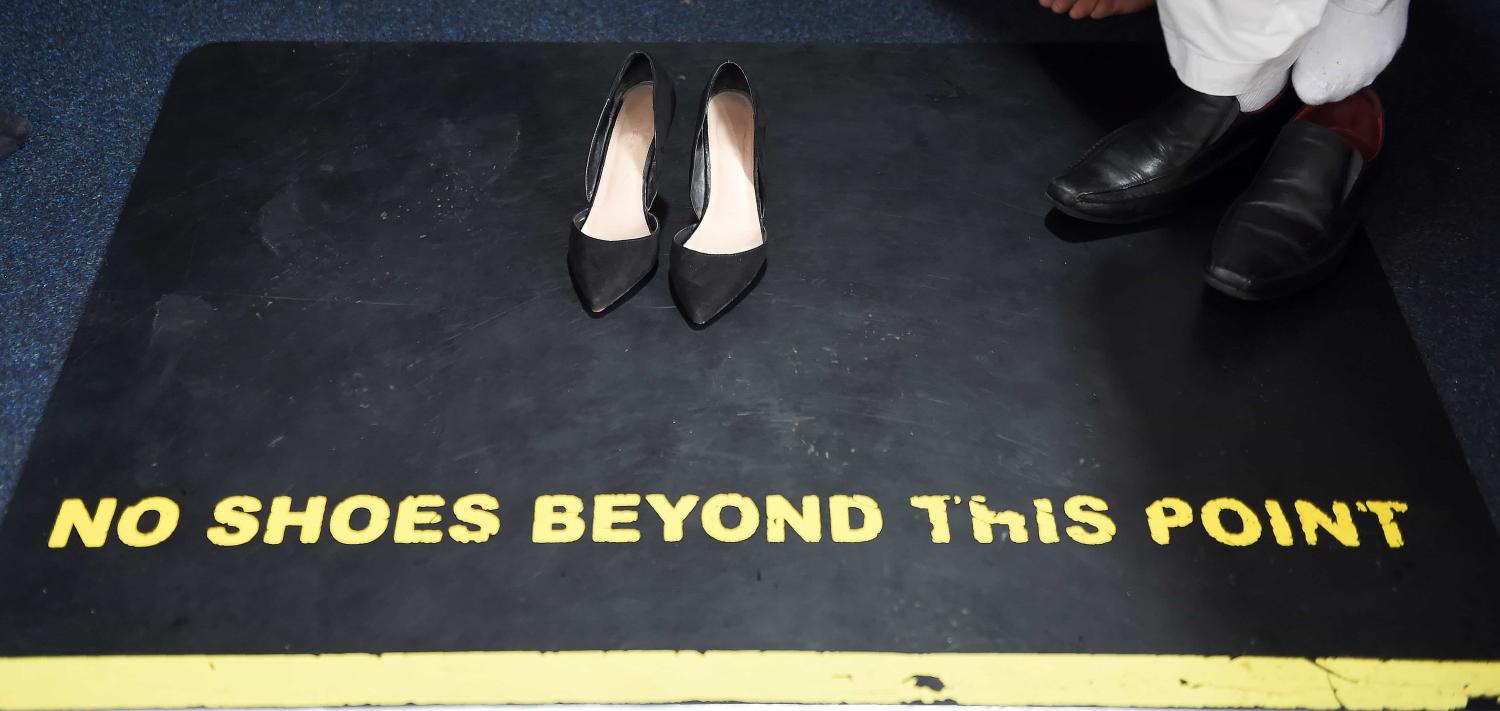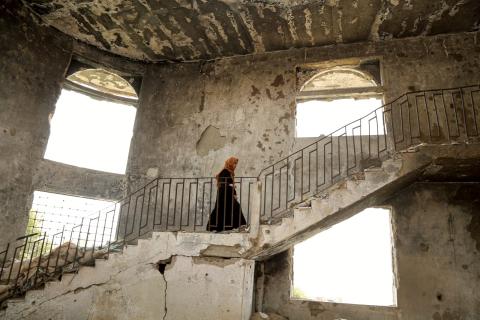If we start the count in 1940, the world has had 133 female heads of state or government, with the number growing over recent years. A who’s who of game-changers – judged both on their successes and failures – includes Indira Gandhi, Margaret Thatcher, Benazir Bhutto, Sheikh Hasina, Golda Meir, Ellen Johnson Sirleaf, Tsai Ing-wen, Angela Merkel, Julia Gillard and Jacinda Ardern. At present, the number of women leaders remains small, but includes presidents and prime ministers from Iceland, Finland, Estonia and Taiwan to Bangladesh, Namibia, Ethiopia and Samoa. Most are unequivocal on the benefits of female leadership. Estonia’s Prime Minister Kaja Kallas put it plainly last year: “if women were in charge, there’d be less violence”.
However, according to the World Economic Forum Global Gender Gap Report, more than 50 per cent of the world’s nations have never had a woman at the helm. In fact, the average world leader is now a 59-year-old man. UN Women reports that at this rate, gender equality will not be reached in the highest positions of power until 2152.
Worldwide, Europe stands out as the centre of progressive gender politics, with 14 countries currently being led by female heads of state or government. In contrast, a 2021 report by Freedom House recorded the globe’s 15th consecutive year of decline in global freedom, which points to a significant reduction in political rights and civil liberties. As history tells us, women don’t fare well in these environments. Indeed, there is a direct correlation between gender inequality and armed conflict.

You can’t be what you can’t see
In that context, the following words should cause consternation: the world’s two superpowers – the United States and China – have never had a modern era female leader. The closest either of them came was in 1981, when China’s Soong Ching-ling, the third wife of Sun Yat-sen, led the state for a total of 12 days as honorary president.
In the United States, incumbent Vice President Kamala Harris seems the natural choice if Biden decides not to run for re-election in 2024. But, despite a record number of women in Congress, the country’s forthcoming presidential race is still dominated by male candidates. And in China, the Communist Party National Congress has broken more than 20 years of convention by not appointing a single woman to the Politburo or its Standing Committee. The country’s Central Committee is more than 90 per cent male and there are no women government ministers. Let that sink in. That’s 1.73 billion people who’ve never lived under the leadership – democratic, autocratic or otherwise – of a woman.
Gender quotas work
In 2000, the establishment of the Women, Peace and Security agenda by the UN Security Council recognised, for the first time, women as active agents in the peace decision-making process, rather than treating them as merely victims in need of protection. Nurturing emerging women leaders has become an essential part of this recognition.
In 2015, the United Nations established gender equality as one of the 17 Sustainable Development Goals. Some nations have since walked the talk – enshrining gender quotas in their parliaments. Of the meagre 27 countries that have achieved a minimum 40 per cent representation of women in parliament – mostly in Europe and Latin America – more than 66 per cent have either legislated candidate quotas or reserved seats, according to UN Women.
Are we heading in the right direction?
Without getting bogged down in social exchange theory, let’s just say that there is a very strong link between empathy and benevolence – between moral emotions such as compassion and gratitude, and the selfless concern for others known as altruism. Indeed, neuroscience indicates that the female brain and psyche are more attuned to empathetic reflexes than their male counterparts. Studies show that empathy is not just a learned behaviour or a cultural by-product driven by socialisation but is linked to cognition and affects how emotional information is processed in order to make decisions.
The aggressive and militaristic foreign policy adopted by a growing number of nations in the last decade bears this research out and is one of the reasons why gender inequality and conflict often occur in tandem, with state security so often linked to the unequal distribution of power. As Joanna Pradela points out, a central pillar of a feminist foreign policy, and perhaps more importantly democracy, is its commitment to non-violence.
The intersecting crises of Covid-19, the war in Ukraine and climate change have increased the bellicose nature of state-on-state interactions and come at a great cost to women. Global military spending is now estimated at US$2.1 trillion, coinciding with a decline in the ratio of women involved in UN-led peace processes to a paltry 19 per cent. Finnish Prime Minister Sanna Marin directly addressed the propensity of certain regimes towards military aggression in comments she made late last year on the war in Ukraine: “Make no mistake,” she said. “If Russia wins its terrible gamble, it will not be the only one to feel empowered.”
A discussion on the sidelines of last month’s Munich Security Conference, entitled “War, Oppression, and Strongmen: Rethinking the Role of Anti-Feminism in Autocratic Regimes” took as its starting point Putin’s 24 February 2022 speech in which he justified his war by invoking the West’s attempt to undermine Russia’s “traditional values”. His position essentially devalues women and girls, amongst others, in the process of legitimising his authoritarian policies, both within and outside the country, mirroring patterns in other states where democracy is in decline.
Dare we ask the question: would a woman in the Kremlin have produced a different outcome?

